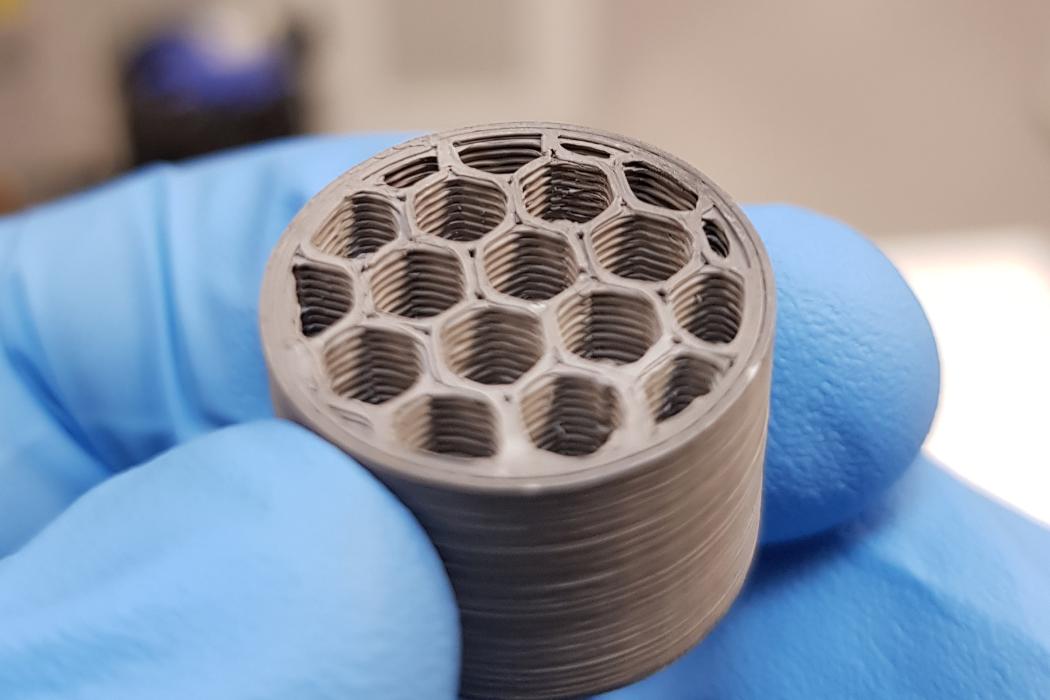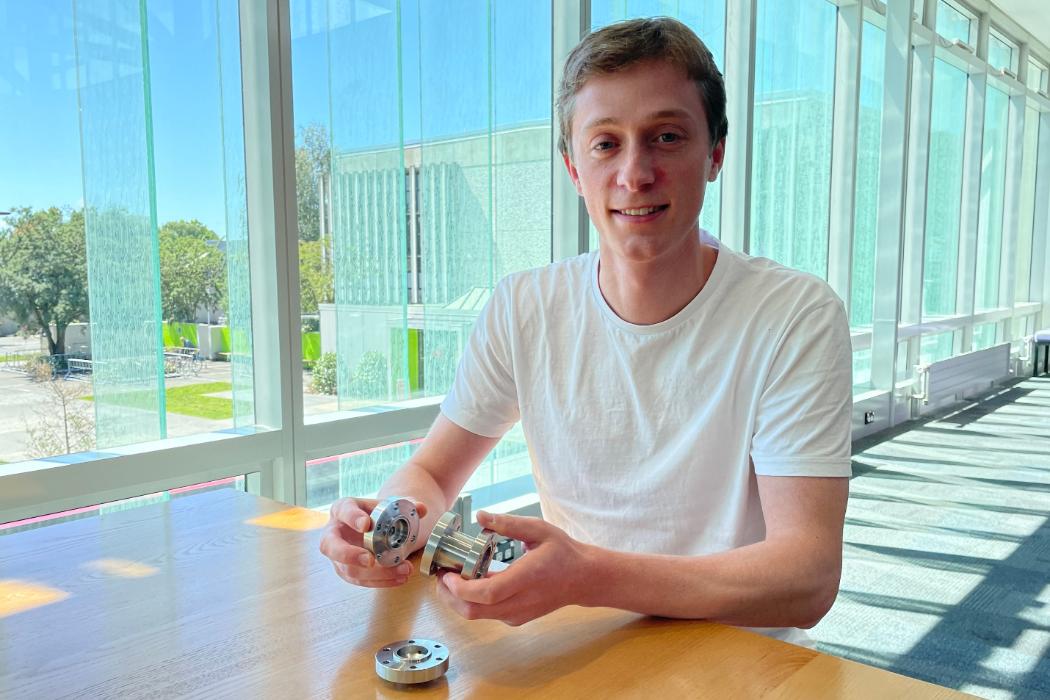It is understood that he is now working with local launch company Dawn
aviation
aerospace
The company (Dawn Aerospace) collaborated on testing.

Hydrazine was first developed in the late 19th century and is still a commonly used rocket propellant in aerospace today. However, while the substance remains an efficient means of fueling the rockets needed to put satellites into orbit, it is also unstable when dry, and it is so toxic to humans that it is now suspected of being a carcinogen.
Applying the household bleach to a propellant requires a catalyst, usually made of precious metals, that can break it down into a gas, Reid said. In a follow-up study, he 3D printed a ceramic device coated with a catalyst that effectively induces chemical changes when hydrogen peroxide passes through it. Antarctic Bear speculates that the choice to use ceramic as the catalyst bed may be due to its much lower cost than silver or platinum.

Now, in three-and-a-half years of Ph.D. study, Reed is seeking to perfect the design of his 3D-printed bleach-conversion catalyst bed. Specifically, the engineer’s goal was to maximize the thrust produced by hydrogen peroxide while limiting catalyst loss from the bed, and to make all parts of his equipment as lightweight and commercially competitive as possible.
One approach that the PhD student found particularly promising for optimizing catalytic conversions was 3D printing his catalytic bed in the shape of a top, which was not possible with conventional production methods. In doing so, Reid believes his latest design will be an upgrade over its predecessor, as it will minimize catalyst losses, avoid huge pressure drops, and better balance thrust with fuel concentration.

Back in late 2020, Firehawk Aerospace also raised $2 million for research and development work on its unique additively manufactured propulsion system. The company’s 3D-printed solid fuel rods, powered by a fuel designed to provide a safer, more reliable and lower-cost propellant for the engines of satellite launchers, were said to offer a new level of performance at the time.
(responsible editor: admin)


0 Comments for “Is it safer to use bleach as rocket fuel?New 3D-printed catalyst bed helps develop hydrazine fuel alternative”